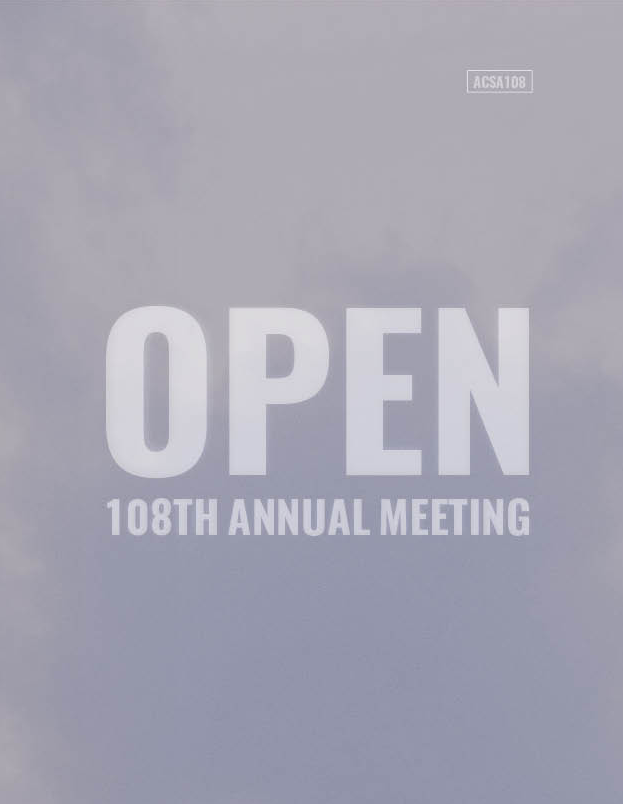Author(s): Nathan Howe
The history of theorizing over typology in architecture is centuries old. Quartremere de Quincy begins to discuss the idea of typology in the 18th century by classification – tent, cave and hut 1. Contemporary Jean-Nicolas-Louis Durand codifies architecture within type 2. The postmodernists weigh in with Adolf Rossi’s reclassification of typologies regarding geometric form and historical archetypes 3. These theories put into context the contemporary design ideas of their day. However, there are new versions of form currently infiltrating design that have not been classified. These latest sculptural gestures are buildings whose singular idea of form directs every decision. These form-driven edifices by “stararchitects” and their protégé have left an indelible mark on contemporary design. The author has dubbed five form types: tubular, ribbon, peeling, shed and fractal. Each adhere to a geometric construct that is embedded in every major design decision. Within these designs the question is not whether the form fits the building type – a home, a church, a museum. The question is, does the building hold clearly and well to the formal strategy? In Tubular Form Type | understanding design complexity 4, the tubular form type was dissected. Building on this work, this paper introduces the ribbon form type. Within this ribbon form type designers must still answer the pragmatic questions of opening/light, architectural program, touching the ground, and termination of form that architecture has always grappled with. However, in this new form type the answers to these questions are built around the sculptural motivation of ribbon. Inspired by the work of Anthony di Mari, which uses simple diagrams to discuss complex ideas 5, this paper explains the ribbon through diagramming. This work endeavors to reveal basic principles of contemporary form and develop a critical study to help the next generation of designers understand geometric complexity.
https://doi.org/10.35483/ACSA.AM.108.81
Volume Editors
ISBN
978-1-944214-26-5

 Study Architecture
Study Architecture  ProPEL
ProPEL 
